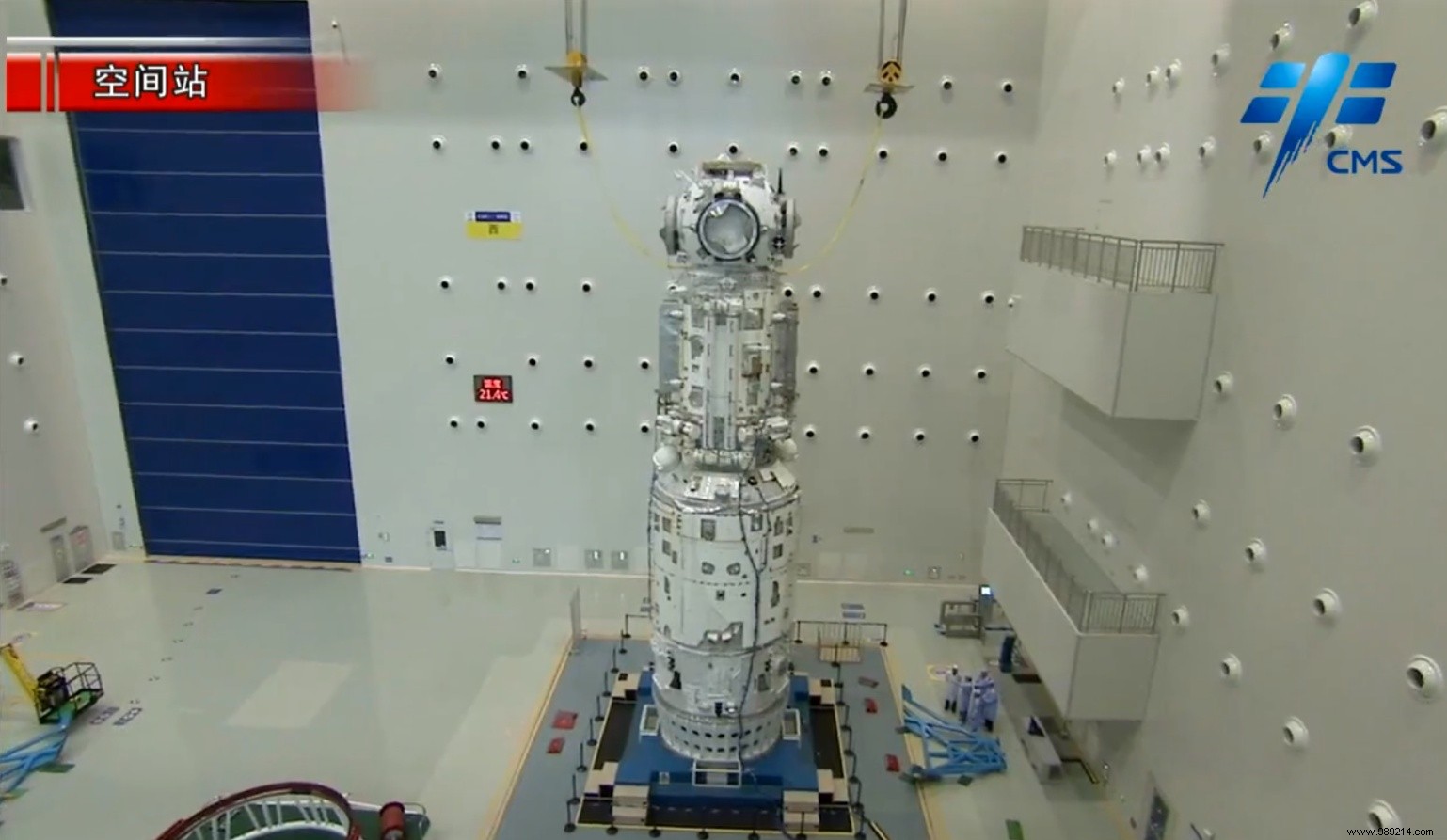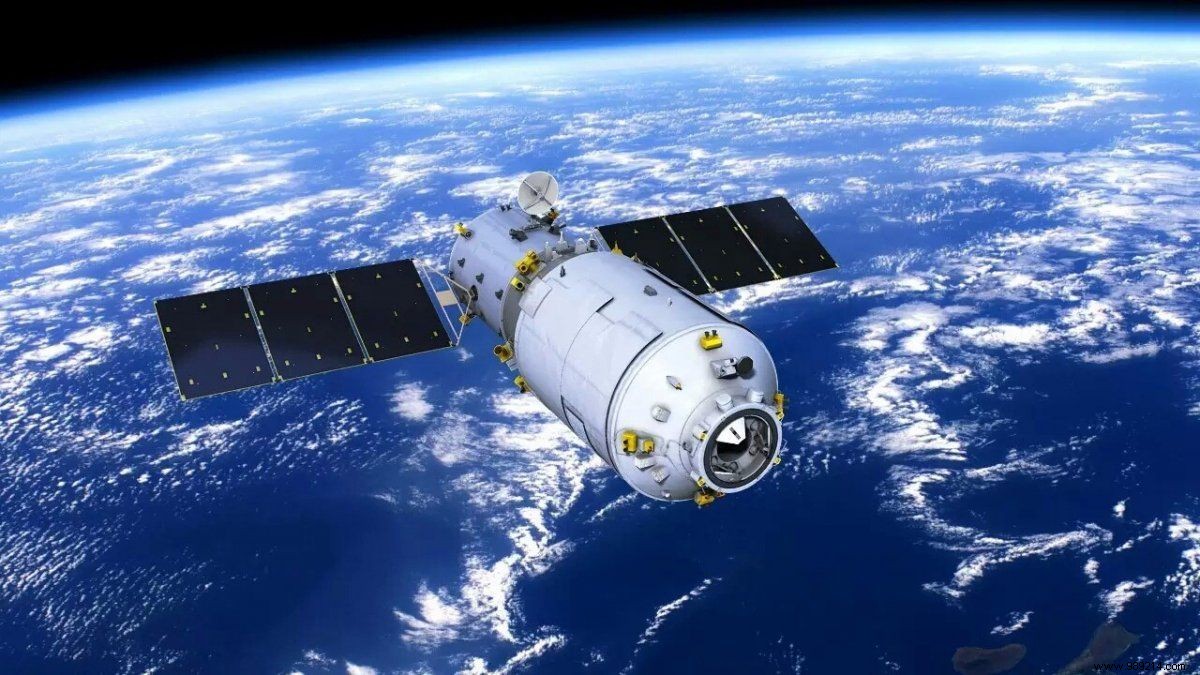The basic module of the future Chinese space station has just passed its flight acceptance exam. It will be launched in the spring, before being joined by a first crew a few weeks later.
The International Space Station (ISS) should be operational until the end of the decade. After which, it will be dismantled and then desorbed. Meanwhile, a Chinese station baptized "Tiangong" (Heavenly Palace) must join her, before succeeding her definitively. On board, just like in the ISS, taikonauts (Chinese astronauts) will conduct various scientific experiments and prepare for future long-duration missions. Foreign astronauts will also be able to join the station.
This structure, which will weigh around one hundred tons, will consist of three modules . The basic module, named Tianhe (the harmony of the heavens), has just successfully passed a flight acceptance exam . It could therefore be launched in the coming weeks, probably in the spring.
Long eighteen meters for about twenty-four tons , this module will be the main living space for the crews. It will also provide power and propulsion for the entire space station, and will include a docking center that will allow the two modules (intended for scientific experiments) to join it later.
This Tianhe module will naturally offer docking ports for Shenzhou spaceships (crewed capsule) and Tianzhou cargo ships (cargo transport). Finally, this module will also be equipped with an airlock allowing taikonauts to perform spacewalks.
For its launch, the module will be capped atop a Long March 5B rocket launched from the Wenchang Launch Center on Hainan Island.

When placed approximately 370 kilometers above sea level and tilted 41 degrees, the structure will be joined by the Tianzhou-2 cargo vessel, which has also just passed its flight readiness exam. It will be launched on a Long March 7 rocket, again from Hainan Island.

If no specific timeline has been communicated yet by Chinese authorities, the Shenzhou-12 capsule – China's first crewed mission to its station – is normally expected to launch shortly after Tianzhou-2. The spacecraft will launch from Jiuquan in the Gobi Desert, capped atop a Long March 2 F rocket.